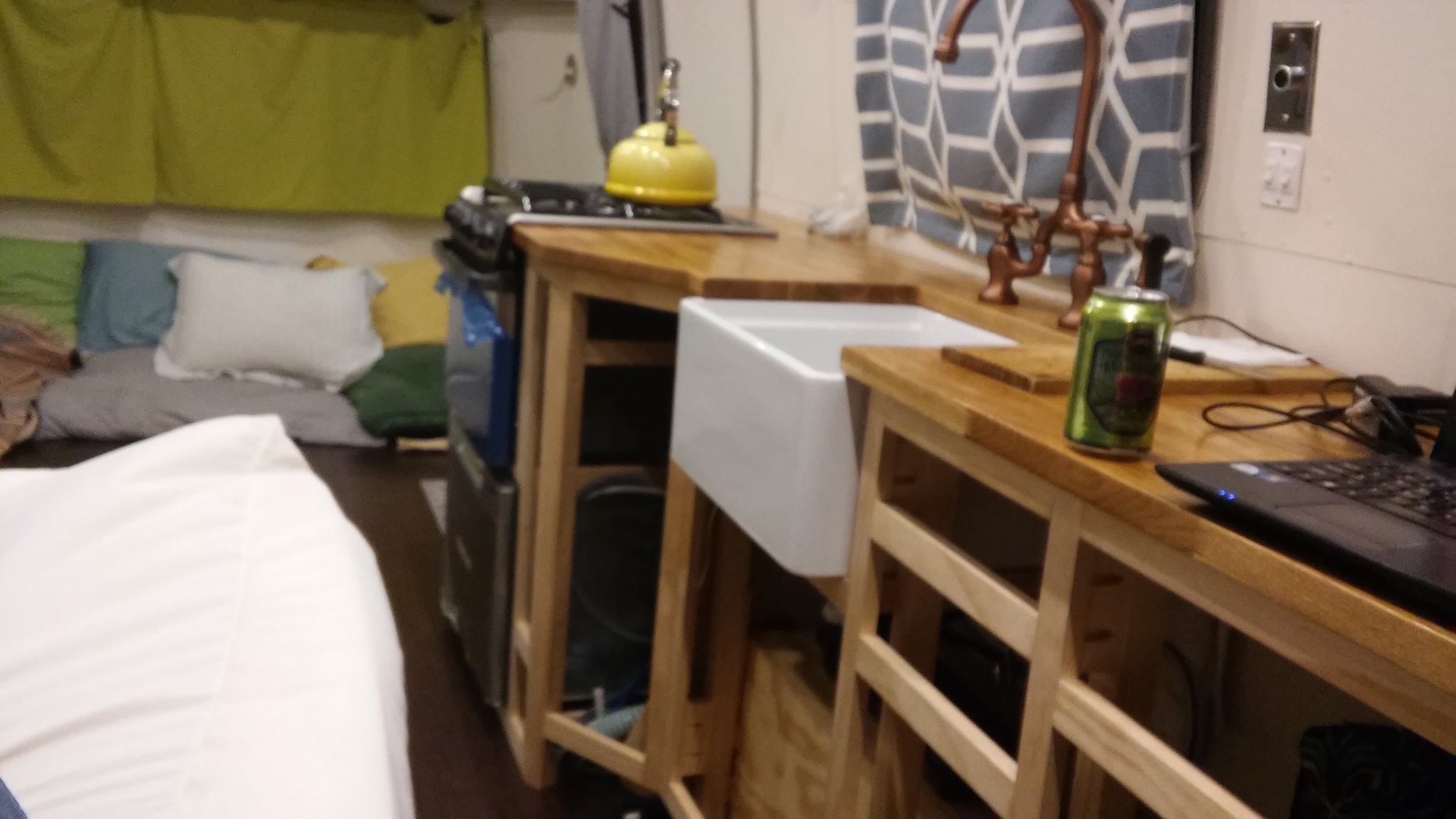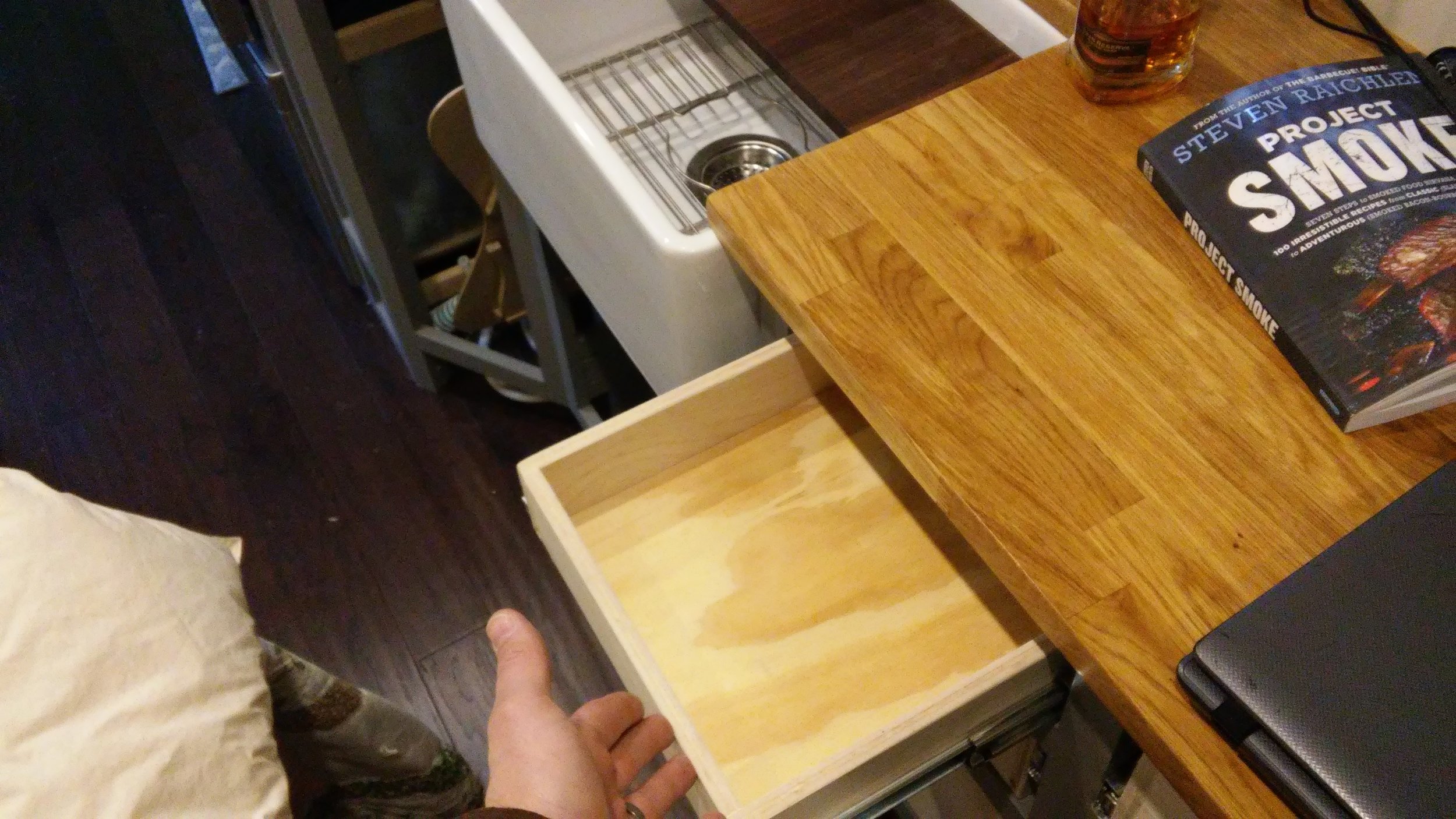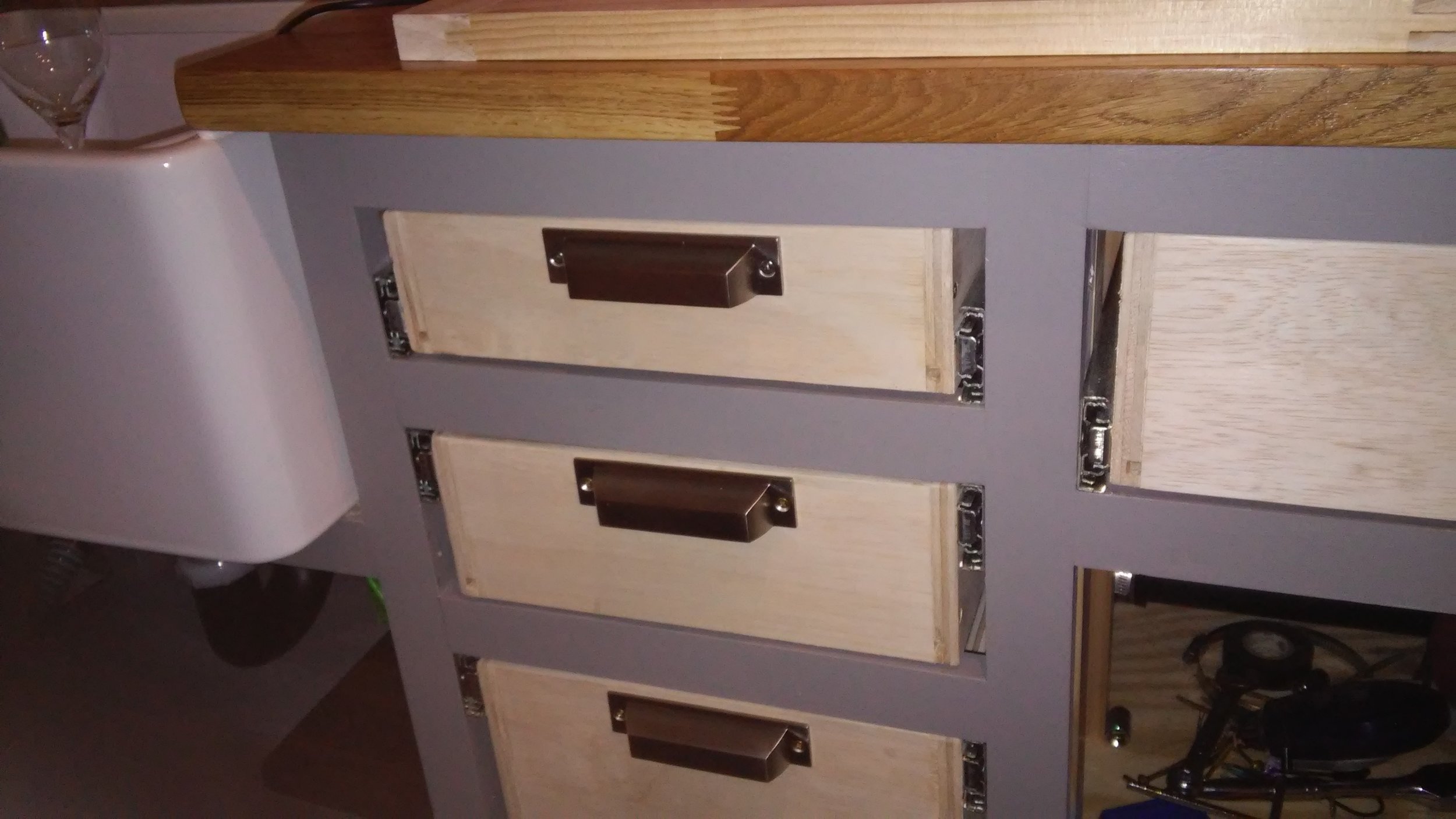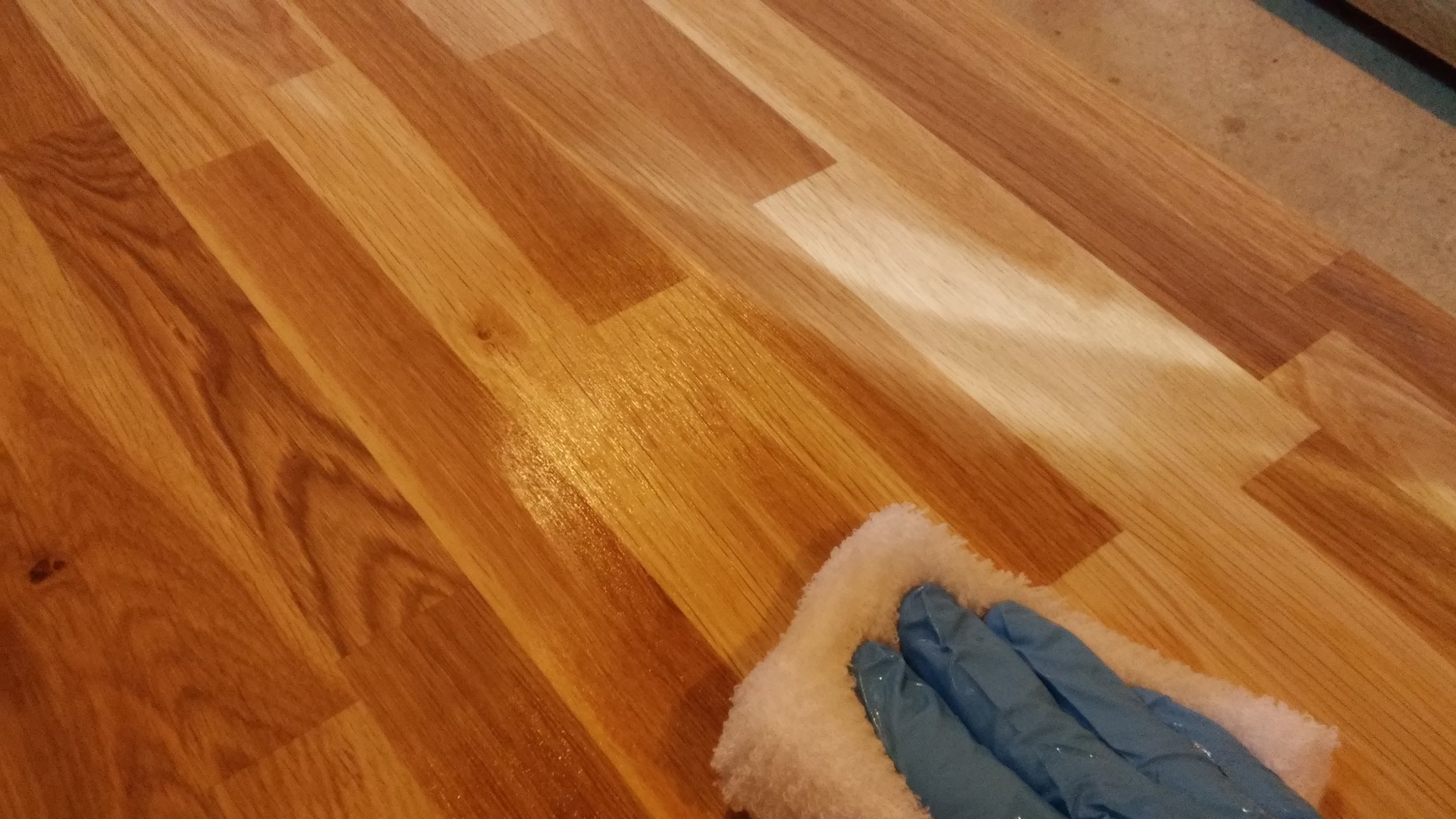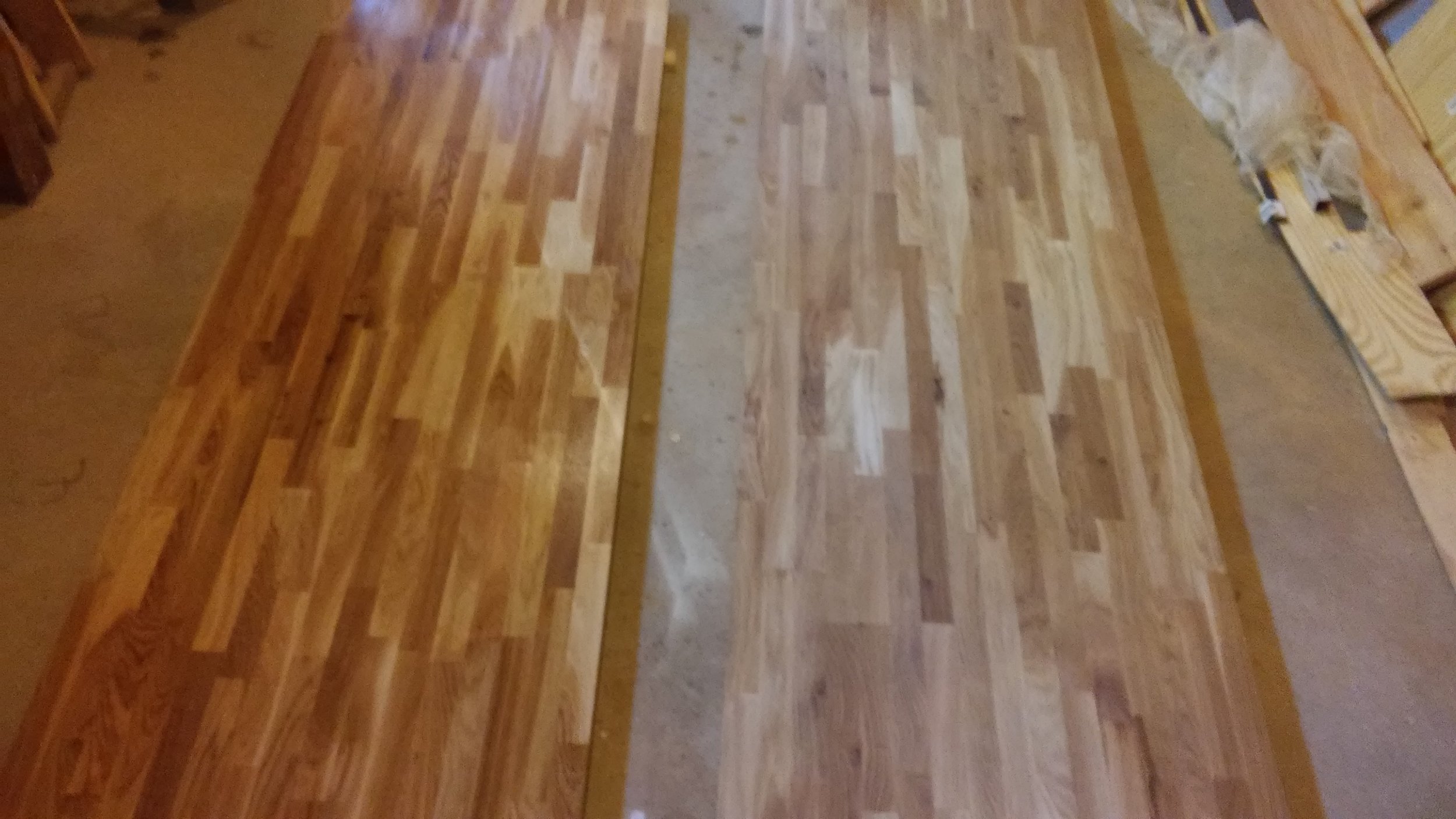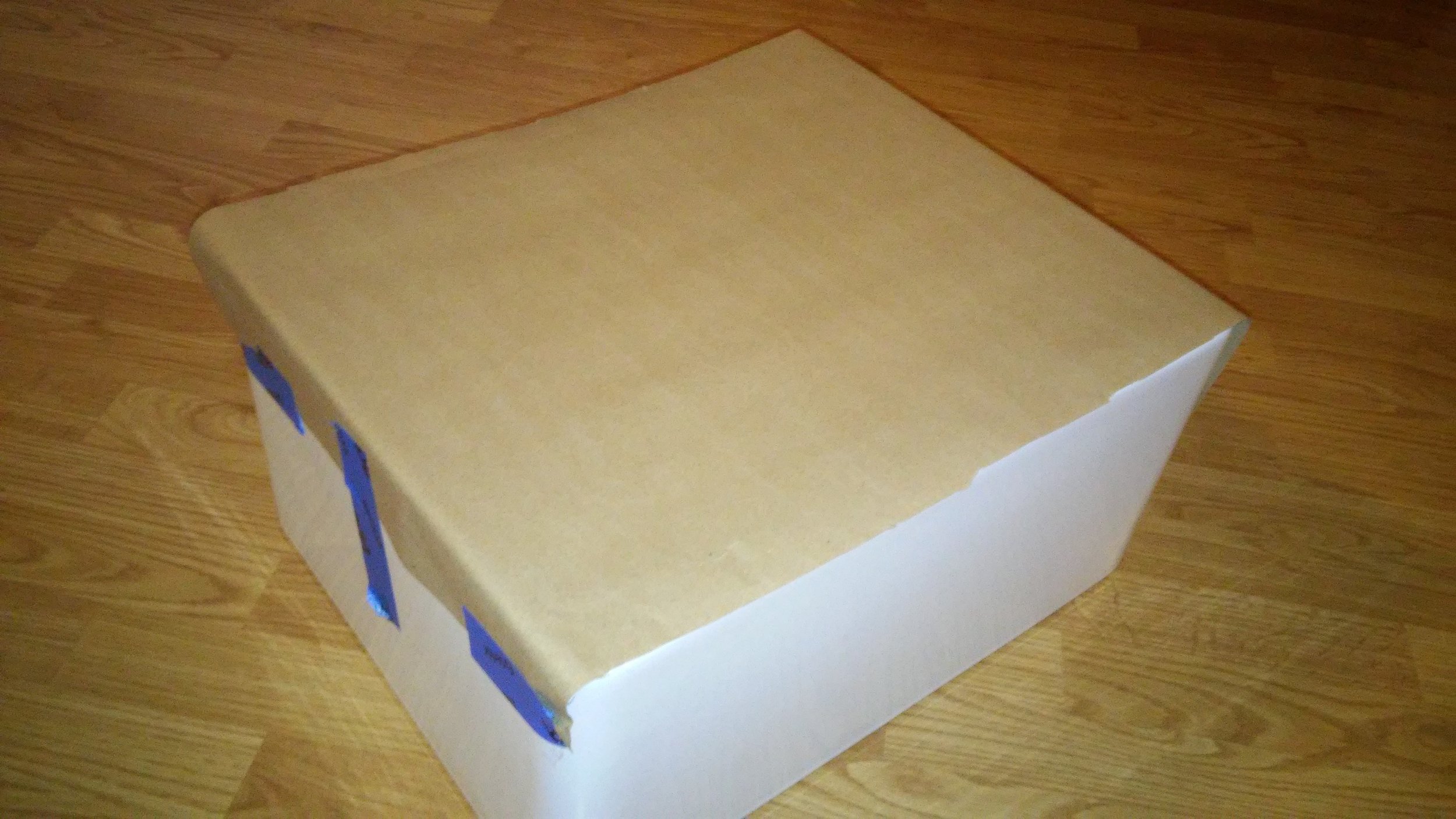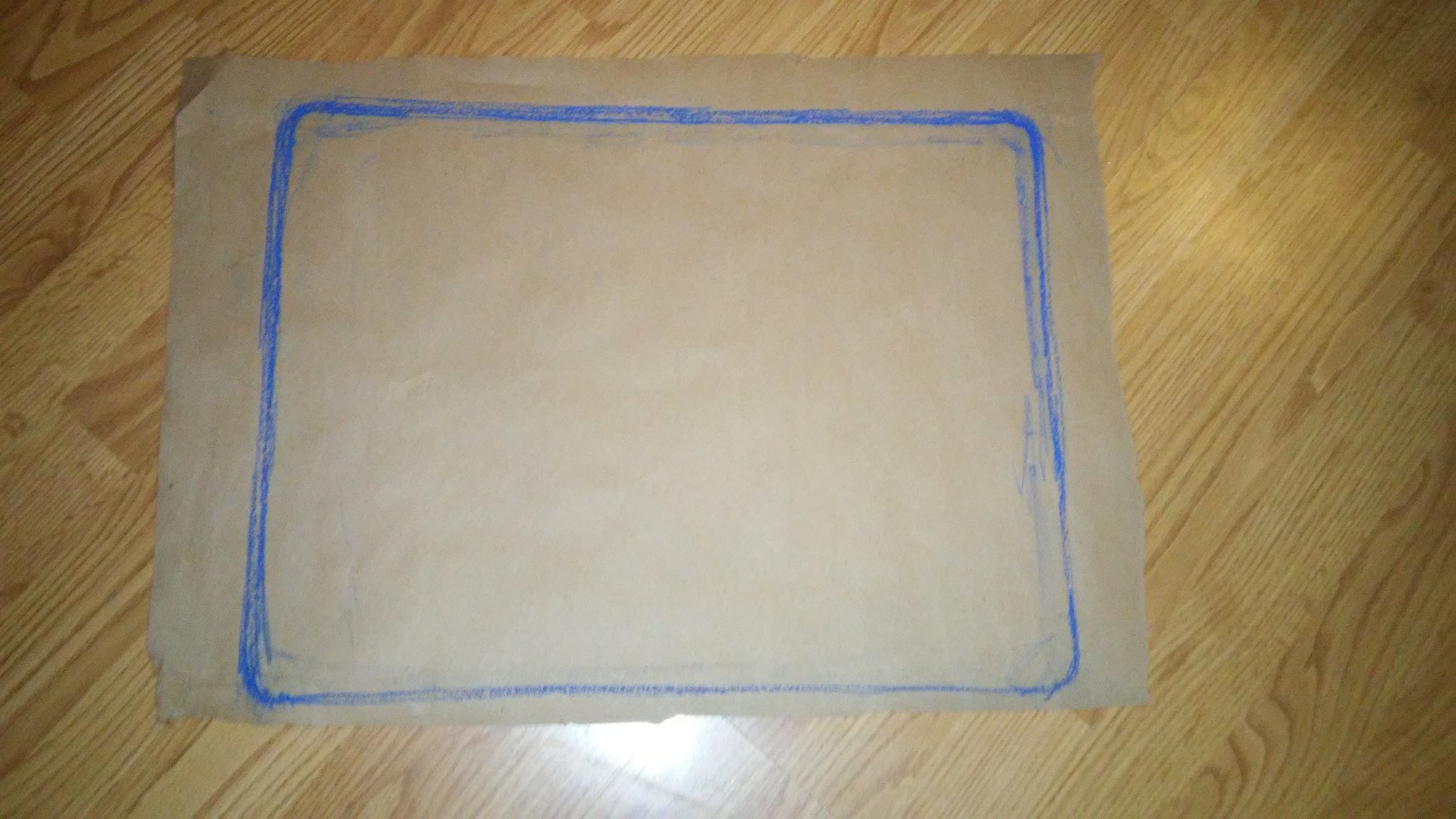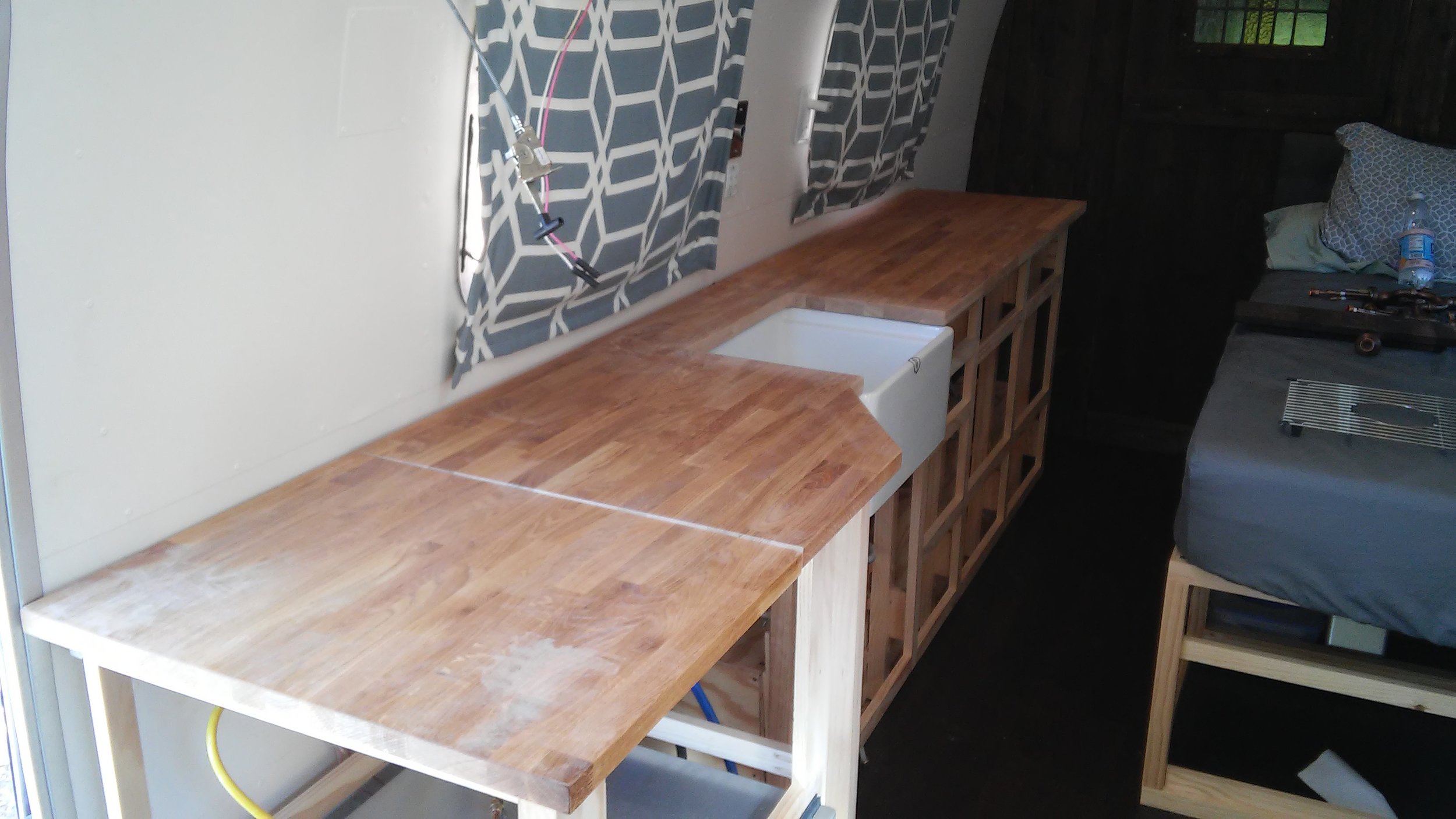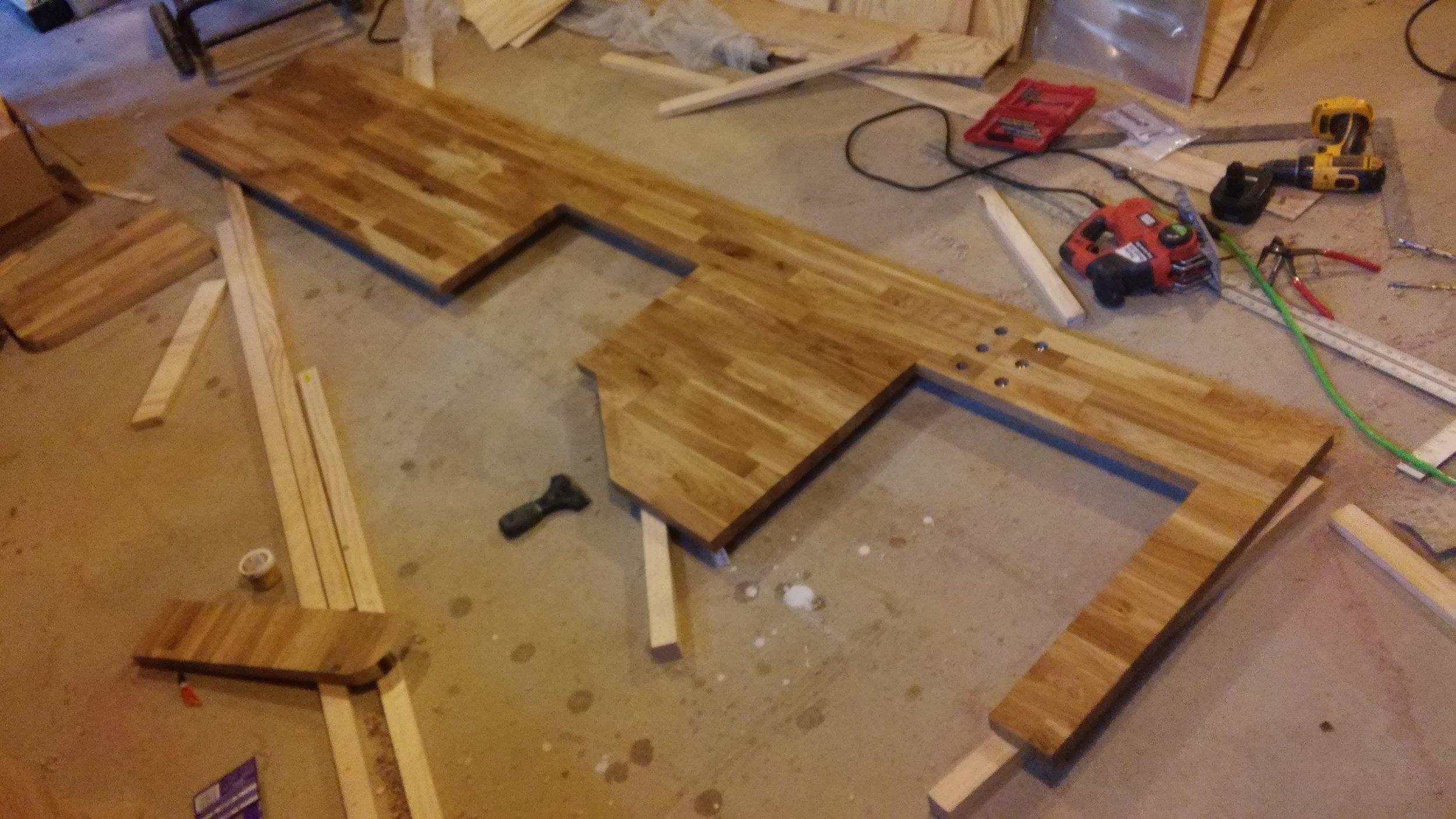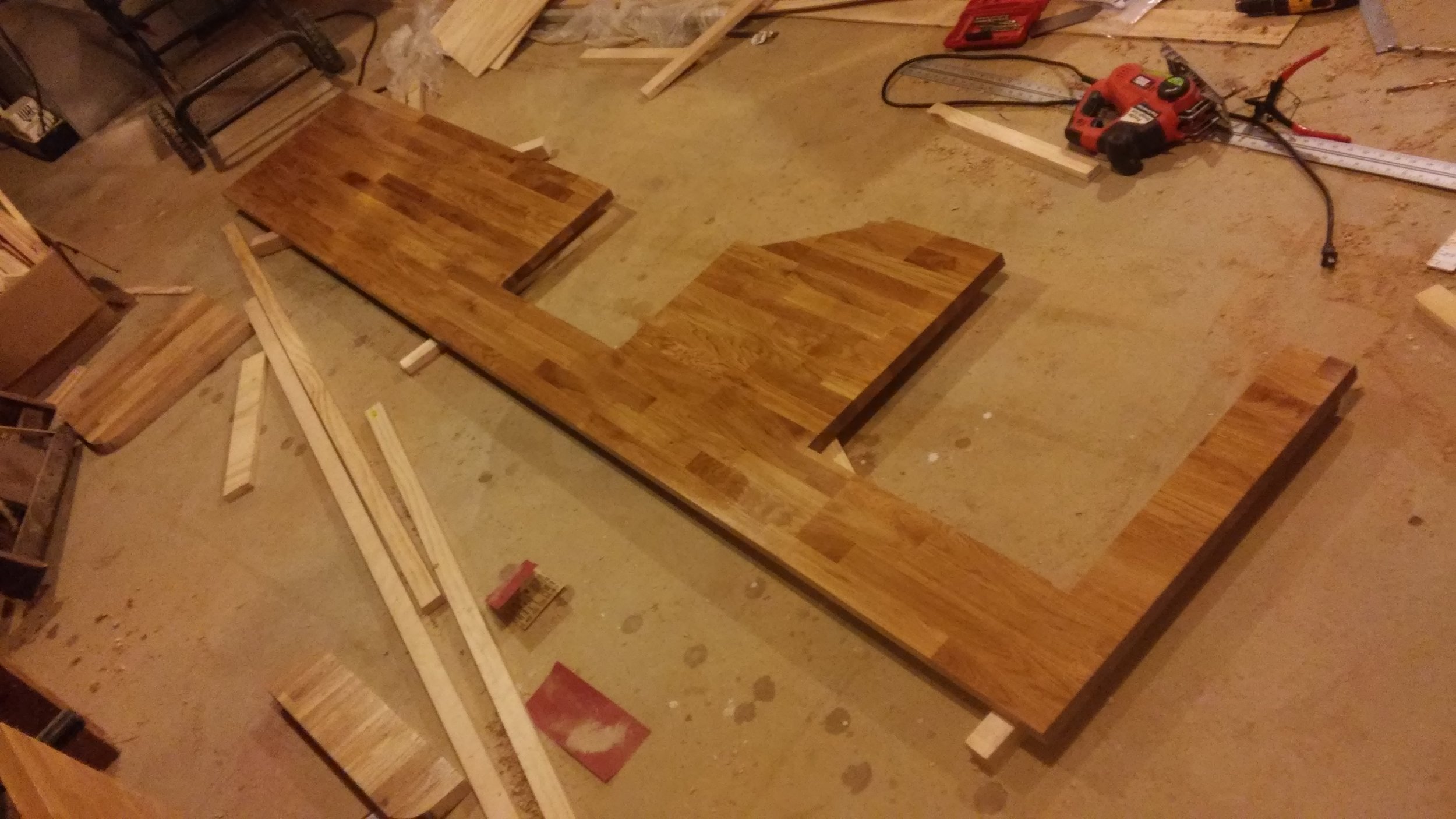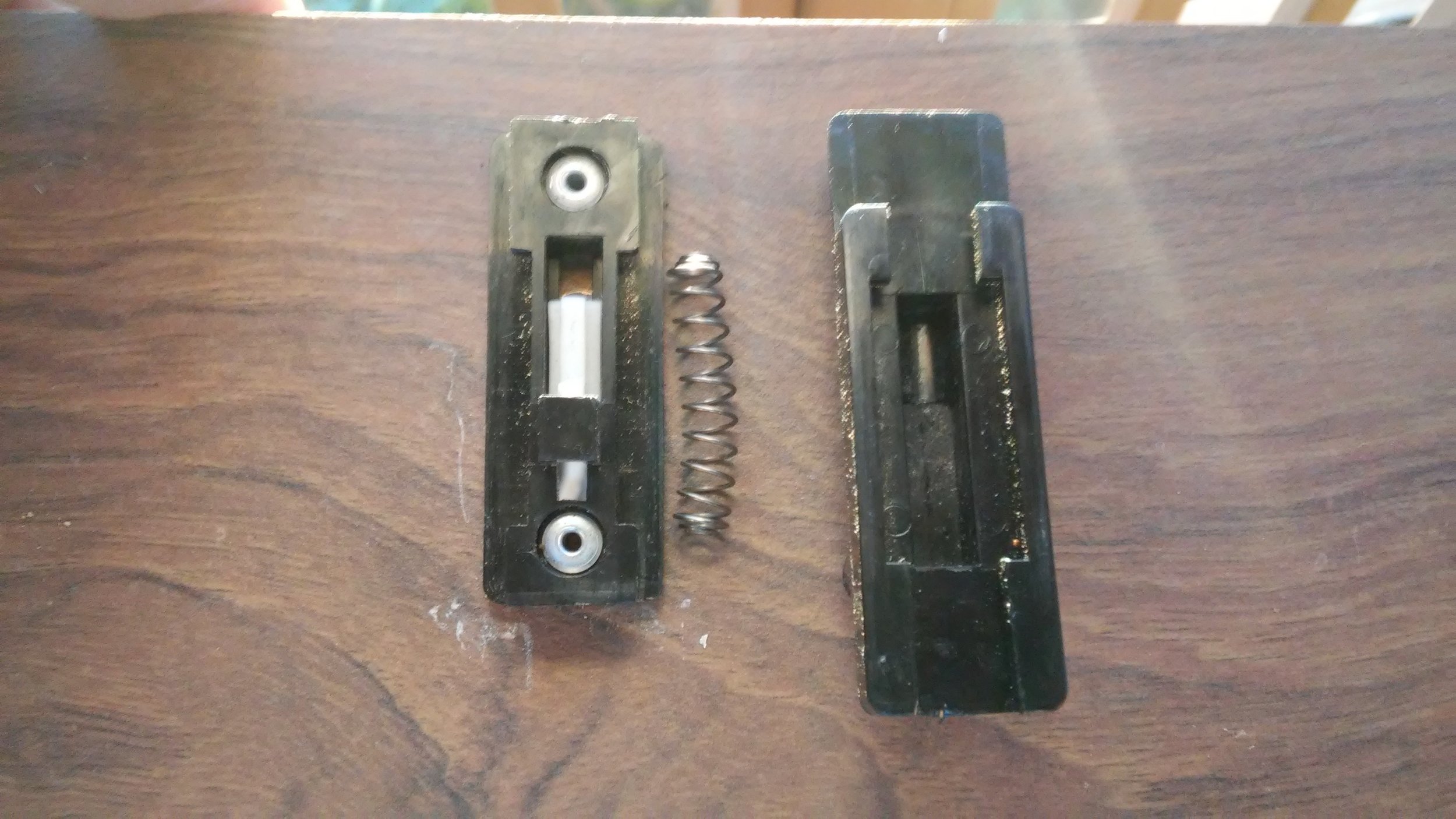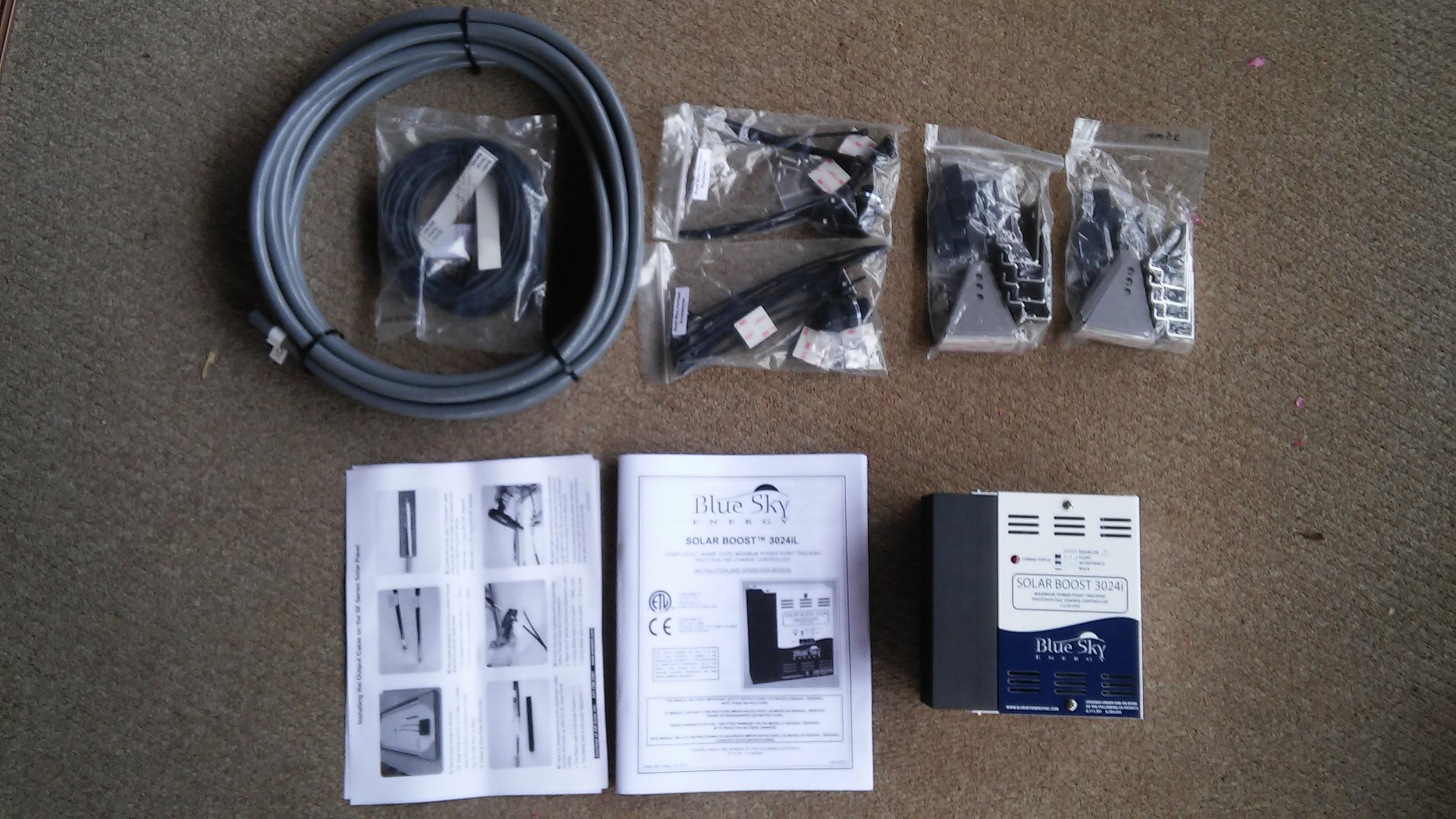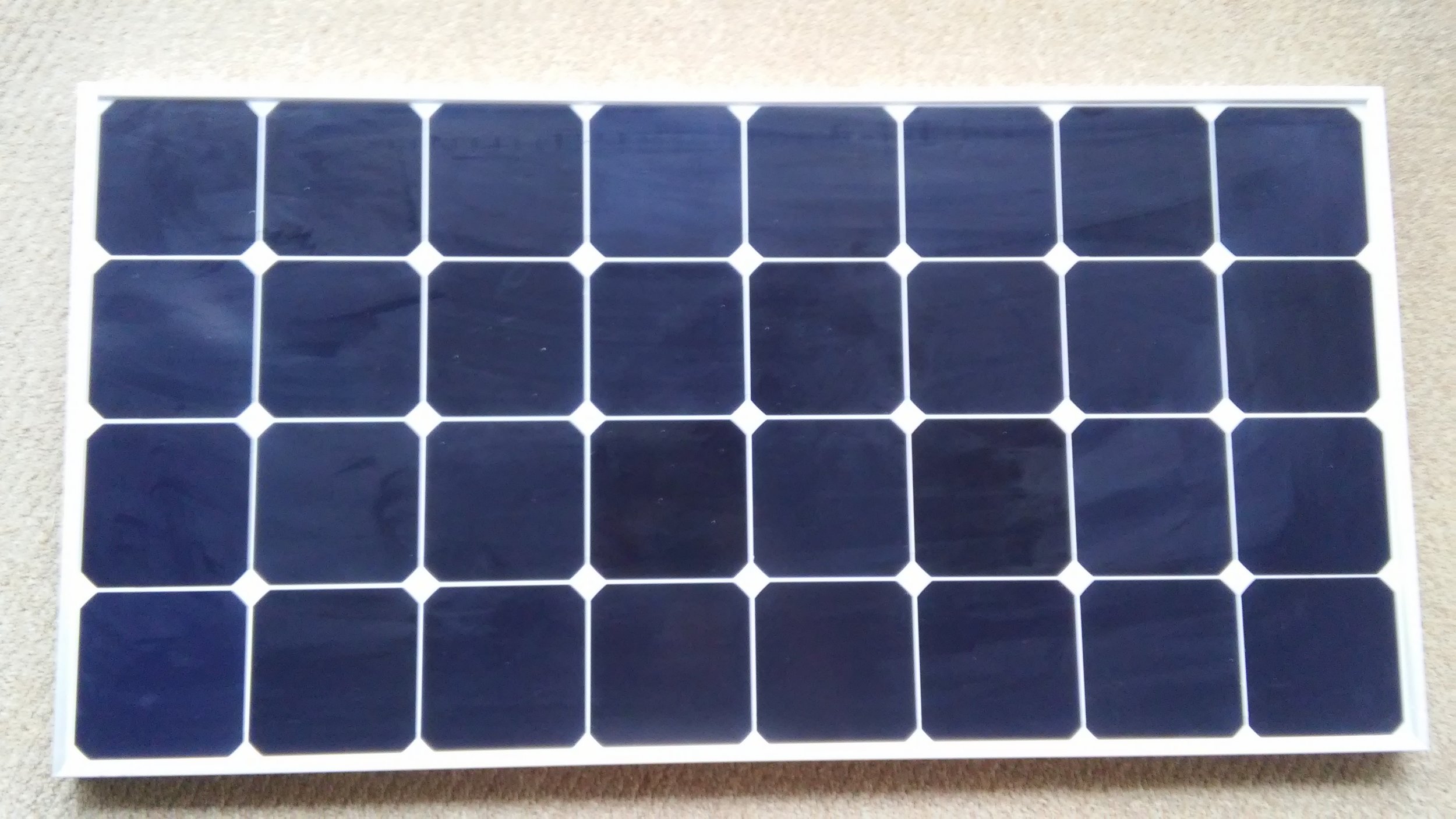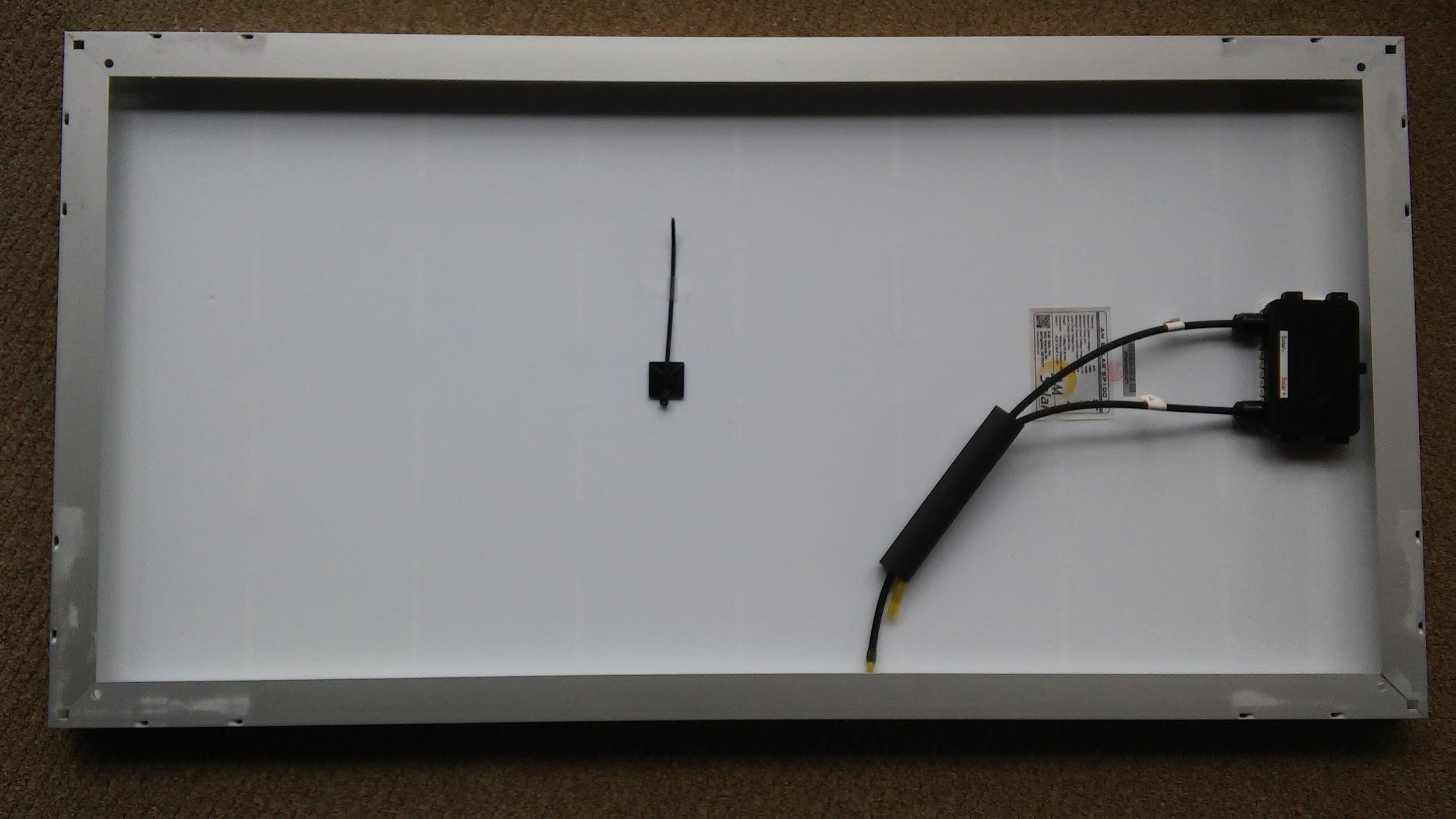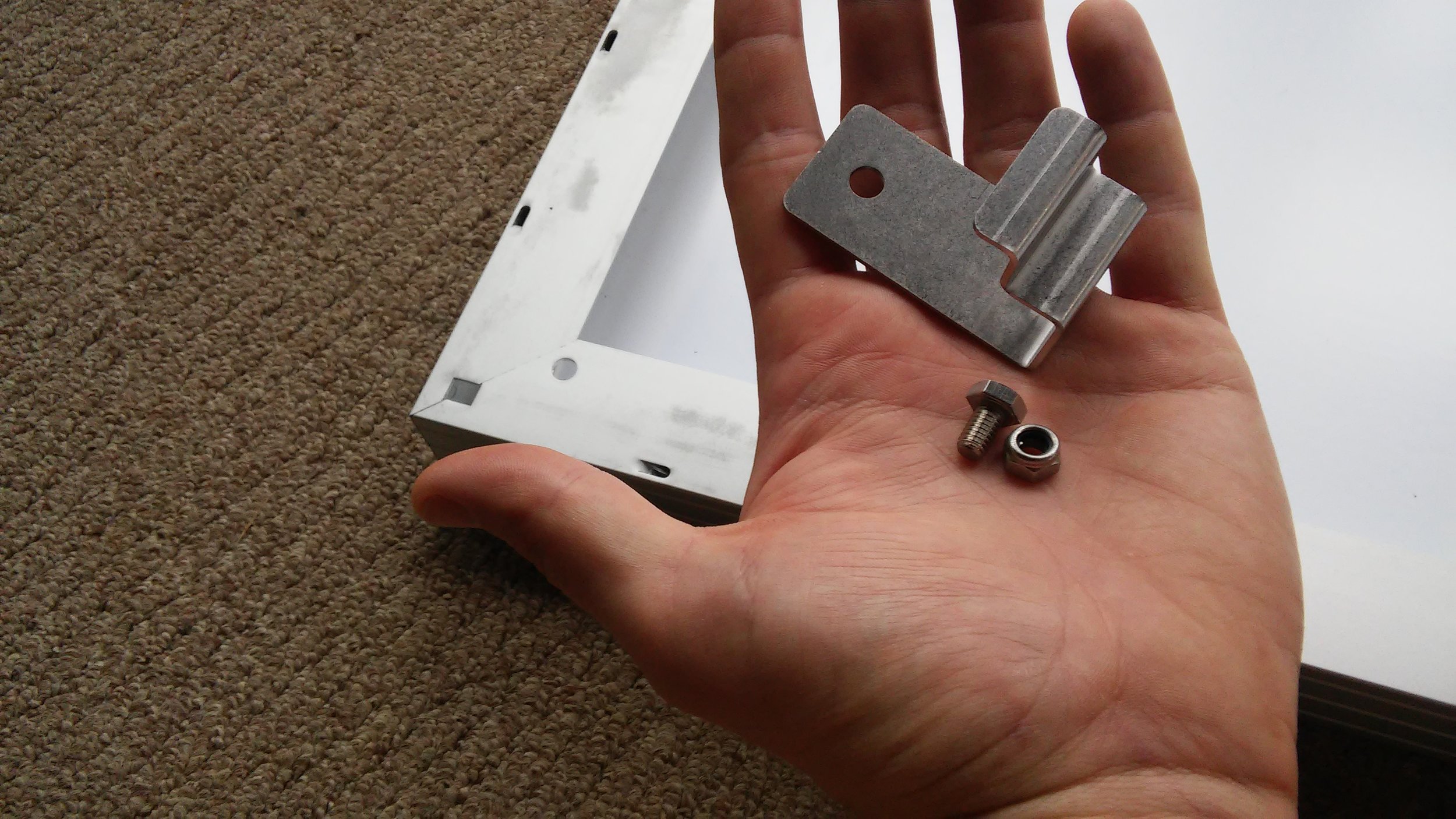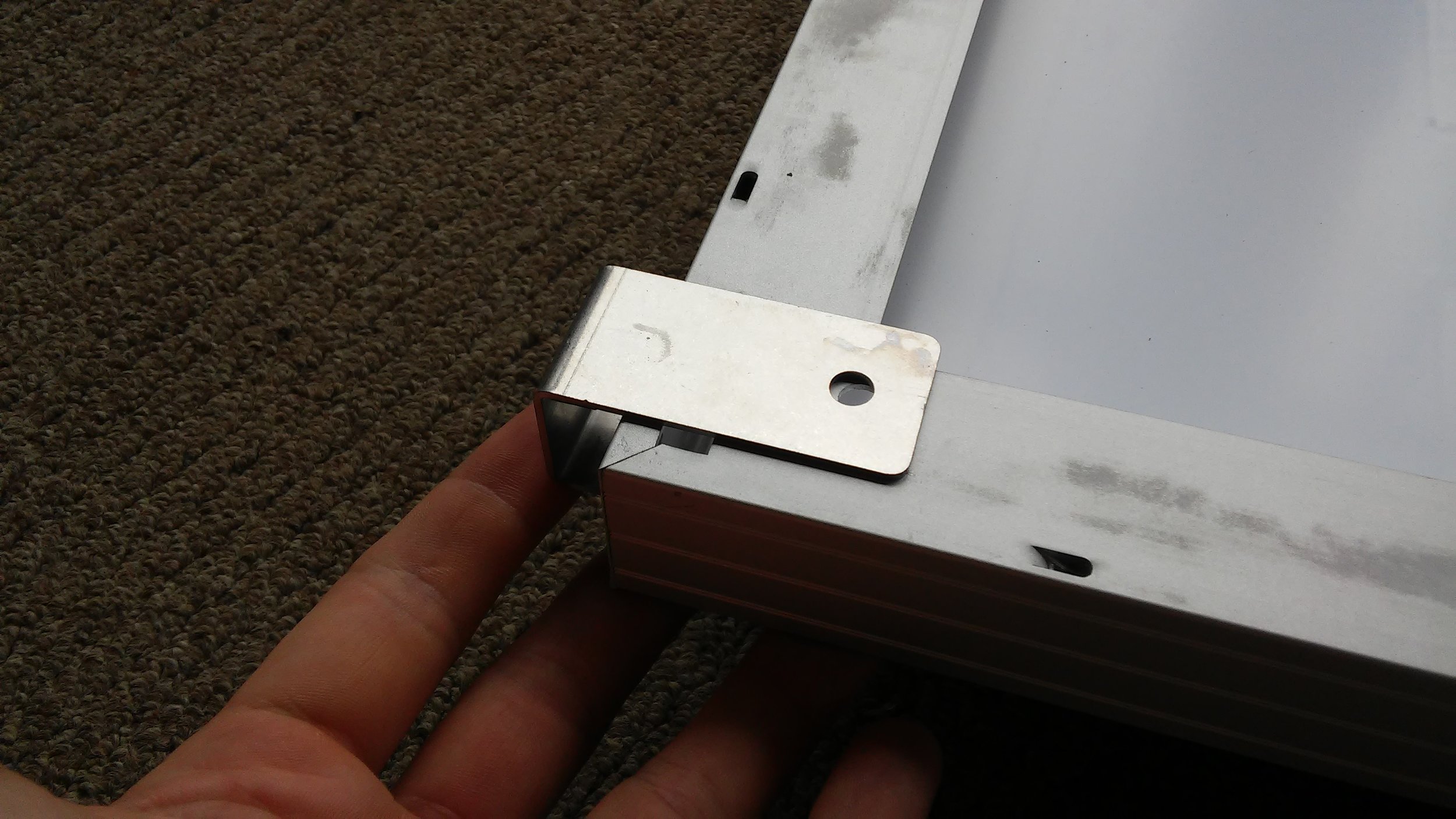Last kitchen post, we had finished the counter top and set the appliances in place.
Some of these links are "affiliate links." If you decide to buy something based on our recommendation, it would be nice if you used the direct link from this page so that we can make a small commission for referring you (which doesn't cost you anything extra).
I've since painted the cabinet face frames and built some drawers. The drawers are 1/2" plywood sides with a 1/4" plywood bottom. Drawer slides are soft close ball bearing models from the Orange Box. They're on the heavy side, but they provide enough resistance to opening that the drawers should stay shut while we're moving. And that soft close feature is so nice. It's important to build your drawer just a bit smaller than the space between the drawer slides, because if it's not loose, the drawer slide will bind (hence the negative reviews on the vendor's website).
Drawer fronts are shaker style. Just pine 1x2 frames with luan in the center. Use painter's caulk on the inside of the frame to make the lines look clean.
For the drawer pulls, we're using these cup pulls from Amazon. The reviews are right, the pulls are nice but the screws are garbage. We originally installed with stainless steel screws, which looked good, but switched to brass because we like the look better. For the cabinet hardware, we're using these.


